Unit 12 - Social Psychology
1/56
Earn XP
Description and Tags
Name | Mastery | Learn | Test | Matching | Spaced |
|---|
No study sessions yet.
57 Terms
social psychology
the scientific study of how we think about, influence, and relate to one another. (Myers Psychology 8e p. 723)
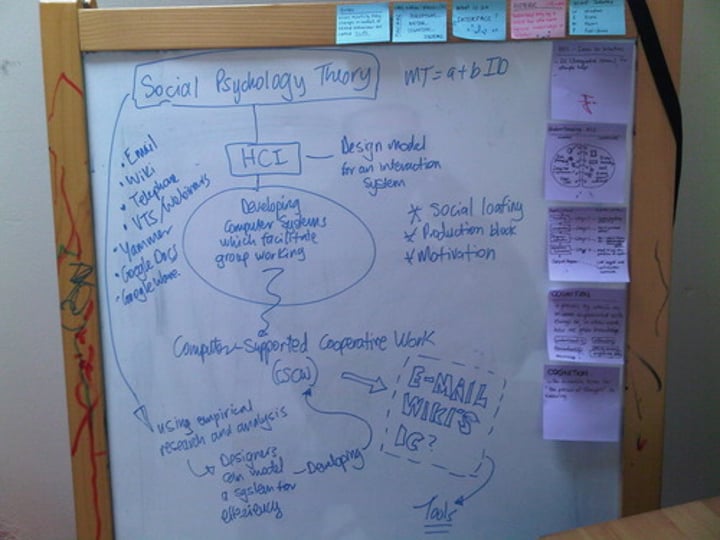
attribution theory
suggests how we explain someone's behavior—by crediting either the situation or the person's disposition. (Myers Psychology 8e p. 724)

fundamental attribution error
the tendency for observers, when analyzing another's behavior, to underestimate the impact of the situation and to overestimate the impact of personal disposition. (Myers Psychology 8e p. 724)

attitude
feelings often based on our beliefs, which predispose us to respond in a particular way to objects, people, and events. (Myers Psychology 8e p. 726)
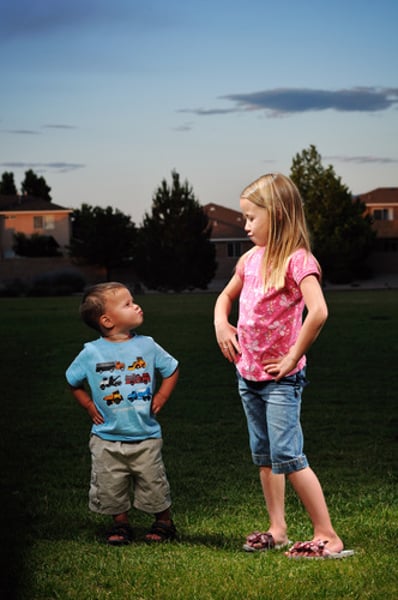
foot-in-the-door phenomenon
the tendency for people who have first agreed to a small request to comply later with a larger request. (Myers Psychology 8e p. 727)

cognitive dissonance theory
the theory that we act to reduce the discomfort (dissonance) we feel when two of our thoughts (cognitions) are inconsistent. For example, when our awareness of our attitudes and of our actions clash, we can reduce the resulting dissonance by changing our attitudes. (Myers Psychology 8e p. 728)
conformity
adjusting one's behavior or thinking to coincide with a group standard. (Myers Psychology 8e p. 732)

informational social influence
influence resulting from one's willingness to accept others' opinions about reality. (Myers Psychology 8e p. 733)
normative social influence
influence resulting from a person's desire to gain approval or avoid disapproval. (Myers Psychology 8e p. 733)
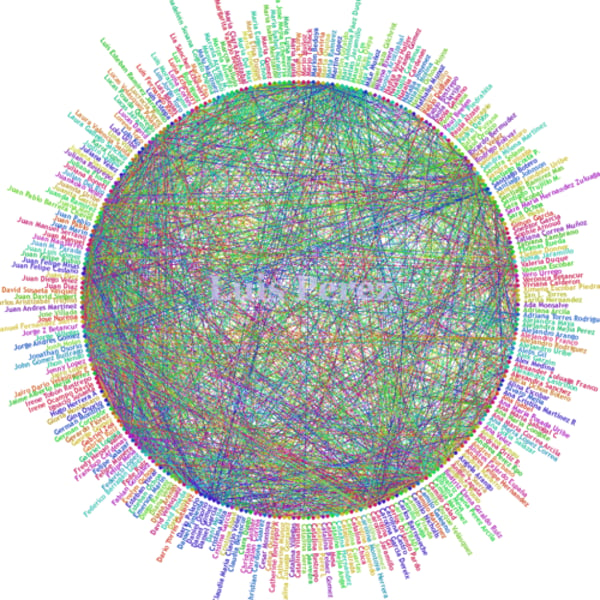
social facilitation
stronger responses on simple or well-learned tasks in the presence of others. (Myers Psychology 8e p. 738)
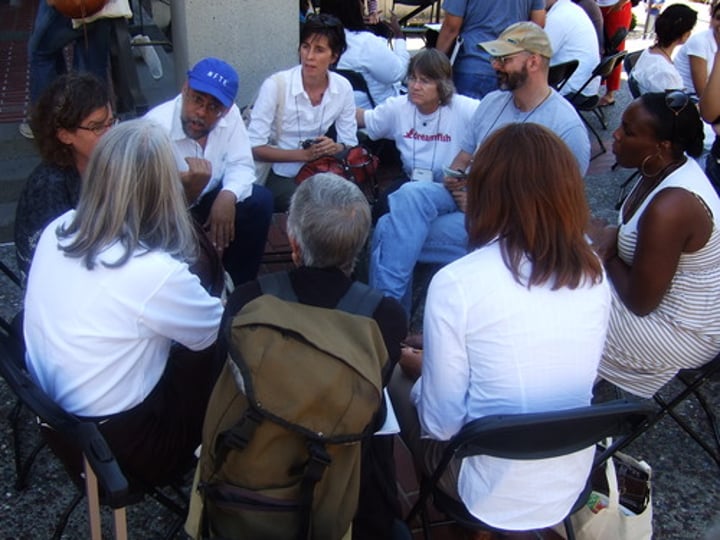
social loafing
the tendency for people in a group to exert less effort when pooling their efforts toward attaining a common goal than when individually accountable. (Myers Psychology 8e p. 739)

deindividuation
the loss of self-awareness and self-restraint occurring in group situations that foster arousal and anonymity. (Myers Psychology 8e p. 739)

group polarization
the enhancement of a group's prevailing inclinations through discussion within the group. (Myers Psychology 8e p. 740)
groupthink
the mode of thinking that occurs when the desire for harmony in a decision-making group overrides a realistic appraisal of alternatives. (Myers Psychology 8e p. 740)

discrimination
unjustifiable negative behavior toward a group or its members. (Myers Psychology 8e p. 743)
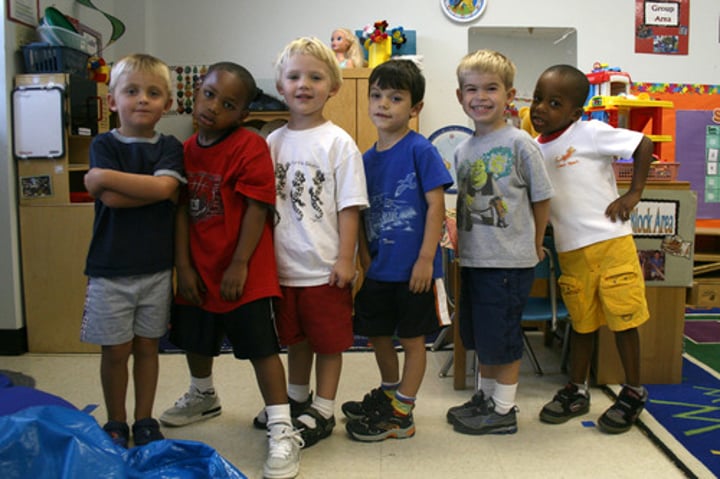
prejudice
an unjustifiable (and usually negative) attitude toward a group and its members. Prejudice generally involves stereotyped beliefs, negative feelings, and a predisposition to discriminatory action. (Myers Psychology 8e p. 743)
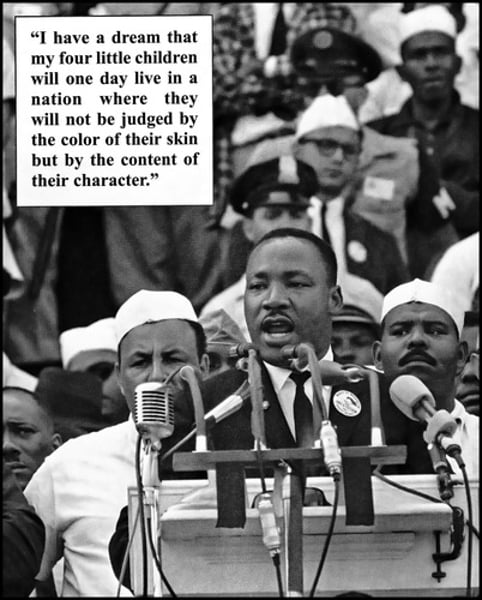
stereotype
a generalized (sometimes accurate but often overgeneralized) belief about a group of people. (Myers Psychology 8e p. 743)

ingroup
"us"—people with whom one shares a common identity. (Myers Psychology 8e p. 746)
ingroup bias
the tendency to favor one's own group. (Myers Psychology 8e p. 746)

outgroup
"them"—those perceived as different or apart from one's ingroup. (Myers Psychology 8e p. 746)

scapegoat theory
the theory that prejudice offers an outlet for anger by providing someone to blame. (Myers Psychology 8e p. 747)

just-world phenomenon
the tendency of people to believe the world is just and that people therefore get what they deserve and deserve what they get. (Myers Psychology 8e p. 748)

aggression
any physical or verbal behavior intended to hurt or destroy. (Myers Psychology 8e p. 749)

frustration-aggression principle
the principle that frustration—the blocking of an attempt to achieve some goal—creates anger, which can generate aggression. (Myers Psychology 8e p. 751)

conflict
a perceived incompatibility of actions, goals, or ideas. (Myers Psychology 8e p. 756)

social trap
a situation in which the conflicting parties, by each rationally pursuing their self-interest, become caught in mutually destructive behavior. (Myers Psychology 8e p. 756)

mere exposure effect
the phenomenon that repeated exposure to novel stimuli increases liking of them. (Myers Psychology 8e p. 759)

companionate love
the deep affectionate attachment we feel for those with whom our lives are intertwined. (Myers Psychology 8e p. 763)
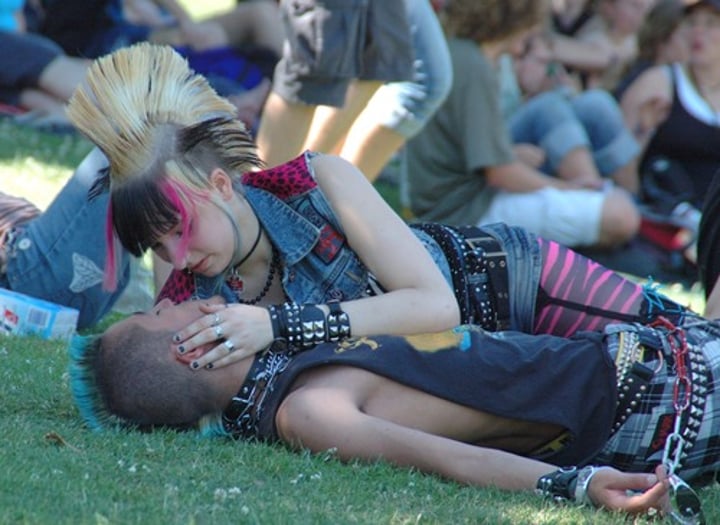
passionate love
an aroused state of intense positive absorption in another, usually present at the beginning of a love relationship. (Myers Psychology 8e p. 763)

equity
a condition in which people receive from a relationship in proportion to what they give to it. (Myers Psychology 8e p. 764)
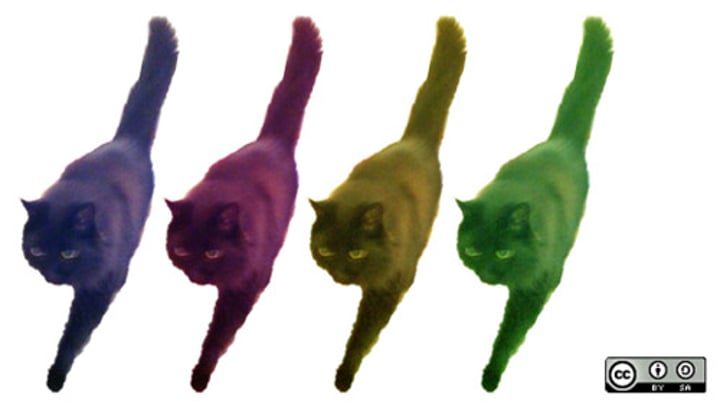
self-disclosure
revealing intimate aspects of oneself to others. (Myers Psychology 8e p. 764)
altruism
unselfish regard for the welfare of others. (Myers Psychology 8e p. 765)
bystander effect
the tendency for any given bystander to be less likely to give aid if other bystanders are present. (Myers Psychology 8e p. 766)

reciprocity norm
an expectation that people will help, not hurt, those who have helped them. (Myers Psychology 8e p. 766)
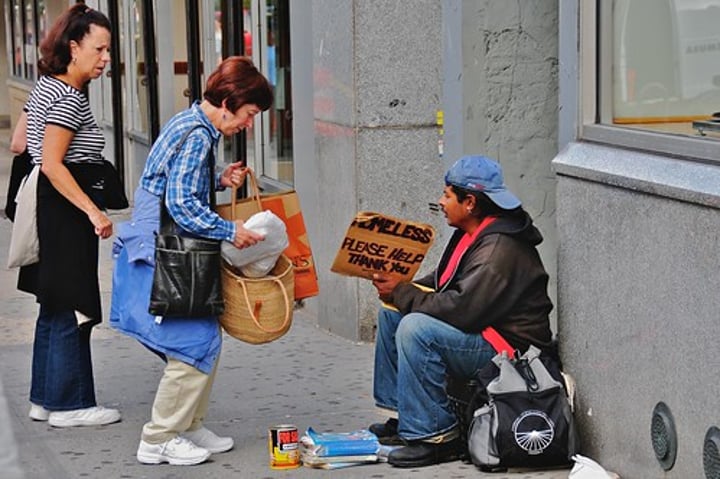
social exchange theory
the theory that our social behavior is an exchange process, the aim of which is to maximize benefits and minimize costs. (Myers Psychology 8e p. 766)
social-responsibility norm
an expectation that people will help those dependent upon them. (Myers Psychology 8e p. 767)
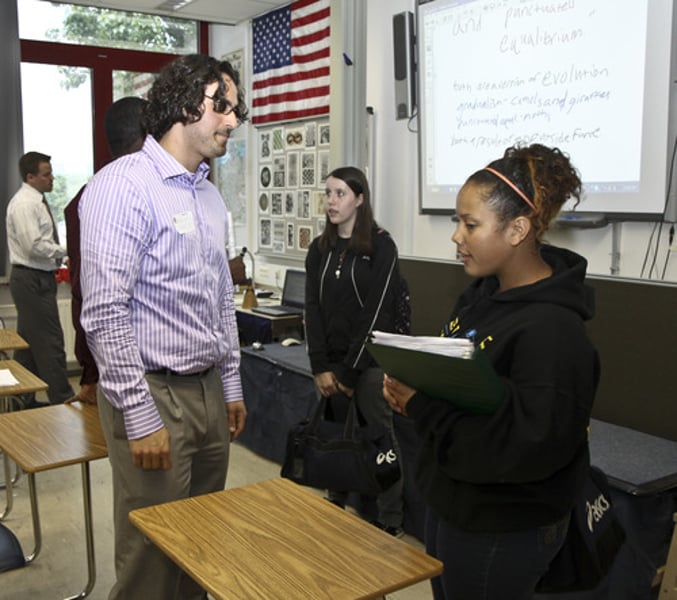
superordinate goals
shared goals that override differences among people and require their cooperation. (Myers Psychology 8e p. 767)

GRIT
Graduated and Reciprocated Initiatives in Tension-Reduction, strategy designed to decrease international tensions. (Myers Psychology 8e p. 769)
Philip Zimbardo
social psychologist, conducted the Stanford Prison Experiment, criticized for unethical study

Solomon Asch
social psychologist (also cognitive), conducted conformity study
Leon Festinger
social psychologist, responsible for Theory of Cognitive Dissonance
Stanley Milgram
social psychologist, conducted the Milgram Experiment on Obedience, criticized for unethical study

Muzafer Sherif
a founder of social psychology, studied social norms, conducted Robber's Cave experiment

Central Route To Persuasion
Occurs when interested people focus on arguments and respond with favorable thoughts.

Peripheral Route To Persuasion
Occurs when people are influenced by incidental cues, such as a speaker's attractiveness.
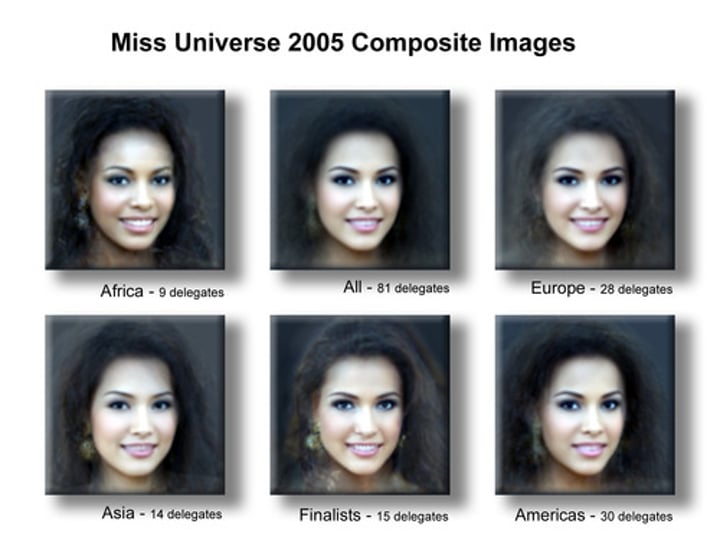
ROLE
A set of explanations (norms) about a social position, defining how those in the position ought to behave.

social phobia
marked fear of social or performance situations.
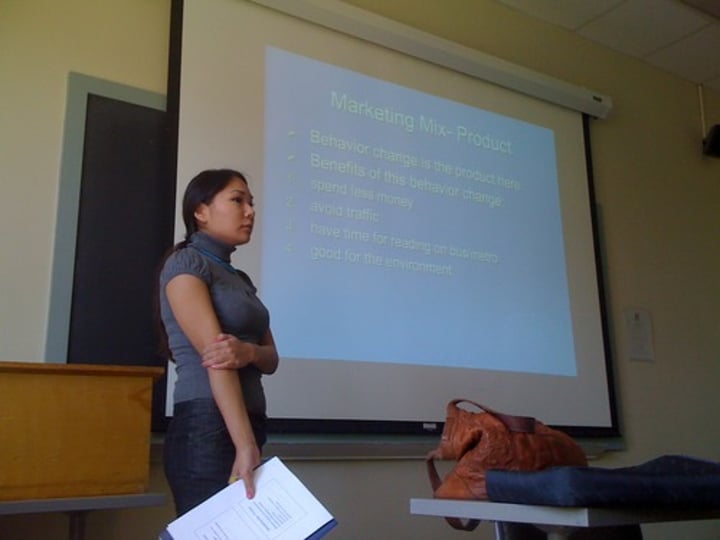
Culture
the quality in a person or society that arises from a concern for what is regarded as excellent in arts, letters, manners, scholarly pursuits, etc.

Norm
a standard, model, or pattern.

Personal Space
the variable and subjective distance at which one person feels comfortable talking to another.

Discrimination (social behavior)
treatment or consideration of, or making a distinction in favor of or against, a person or thing based on the group, class, or category to which that person or thing belongs rather than on individual merit: racial and religious intolerance and discrimination.

Outgroup
people outside one's own group, especially as considered to be inferior or alien; a group perceived as other than one's own.

Other-race-effect
the greater difficulty people have in distinguishing between members of a different race compared to one's own race

Diffusion of Responsibility
a social phenomenon which tends to occur in groups of people above a cbertain critical size when responsibility is not explicitly assigned.

Mirror-image Perceptions
refer to the reciprocal views of one another often held by parties in conflict; for example, each may view itself as moral and peace-loving and the other as evil and aggressive.

Self-fulfilling Prophecy
prediction that directly or indirectly causes itself to become true, by the very terms of the prophecy itself, due to positive feedback between belief and behavior.
Facial Feedback Hypothesis
states that facial movement can influence emotional experience.
